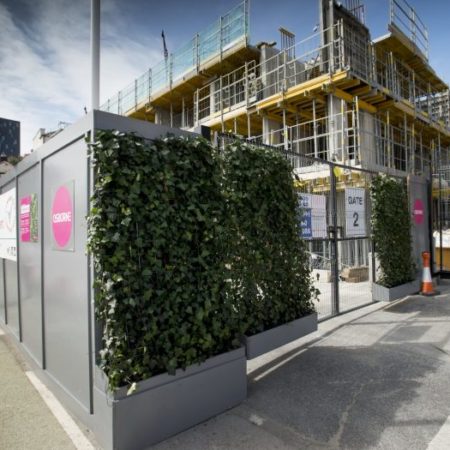How Do We Make Construction a Net Zero Carbon Industry?
Buildings are a major contributor to UK carbon emissions. Simply operating buildings that already exist generates 30% of our CO2 emissions. Creating new buildings further adds to the burden through extraction, manufacture, transportation, construction, maintenance and demolition. According to the UKGBC around 10% of UK carbon emissions can be attributed to the building lifecycle.
It’s clear from this that meeting commitments in the Paris Agreement (an agreement with the United Nations Framework on Climate Change) will not be possible without taking action to make construction a net zero carbon industry. That reality makes it certain that legislation will be on the way to drive much greater accountability for the emissions performance of the built environment.
The new UK Green Building Council framework is a welcome first step towards achieving the goal of net zero carbon across the whole life of a building. It certainly clarifies the scale of the changes needed and provides some valuable pointers towards possible future regulations.
From Design to Decommissioning
To reach the net carbon zero goal we need to have a greater understanding of the emissions profile of a building from design through to eventual decommissioning and demolition. Developers and contractors are likely to be accountable for the entirety of the carbon emissions produced.
We have to design buildings that are more energy efficient to build, maintain and operate. This has to be more than a paper exercise – it’s real, measured performance that matters rather than modelled performance. In the future, approval will probably depend on being able to provide robust and verifiable energy performance data.
The industry will also have to focus increasingly on using more energy efficient methods and materials, where the maximum amount of embedded energy can be recovered at the end of life.
Energy Supply Will Be Our Issue
For major developments it will no longer be enough to design something that we believe to be energy efficient, connect it to the grid, and not worry about where the energy the building consumes will come from. Installing local renewable generation will be an important aspect of how developers meet the carbon zero requirements.
Net carbon emissions generated by the building lifecycle will ultimately have to be balanced out. This could partly be achieved by distributing excess energy generated from renewables. It could also mean offsetting net emissions through a licenced scheme. This process is likely to be a feature of the final sign-off at completion.
It’s a reasonable bet that policy and regulation will take time to be implemented. But that shouldn’t hold us up. The framework is an excellent guide to what good practice looks like and there’s nothing stopping customers, developers and contractors adopting at least some of the recommendations. There will be some up-front costs, but there’s also a great deal of long-term value to be gained from genuinely zero carbon construction.
Find out more about our health, safety and environmental performance here.

